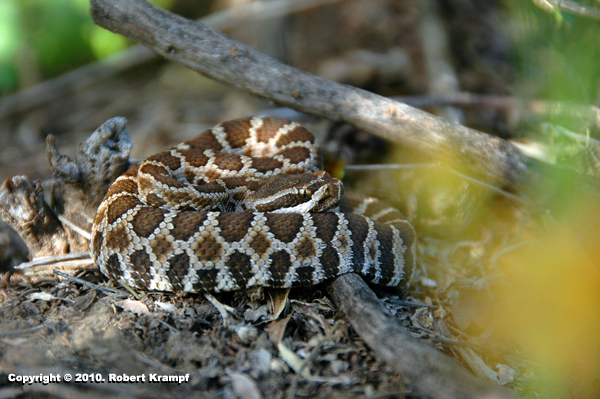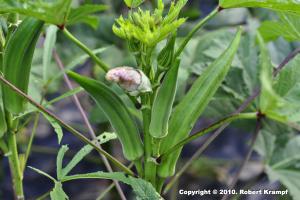
Answer:
Second, they are inexperienced. The main function of venom in snakes is for killing their food. It is much safer to bite a rodent, and then wait for it to die than it is to wrap around it and constrict it, while it is fighting for its life. Constrictors are often injured, and sometimes even killed by their intended prey. Mature snakes learn to control how much venom they inject, and in a defensive situation, will often give a "dry bite" with little or no venom. Young snakes tend to deliver all of their venom in defensive bites.
But the most dangerous thing about them is that they are much less frightening to us. While few people would try to play with an adult rattlesnake, that cute, little baby is far more tempting. Some people would think that "it is just a baby" and might try to capture it. Even with all of my experience with snakes, I found the idea creeping into the back of my mind, that it would make a great photo if I could catch it and get in close on the pits, etc. Luckily, reason stepped in and reminded me that although it was a baby, it was still a rattlesnake, and should be left alone.

